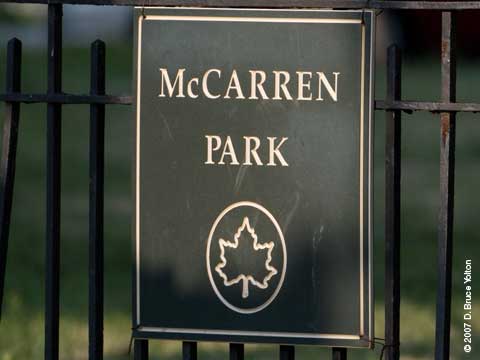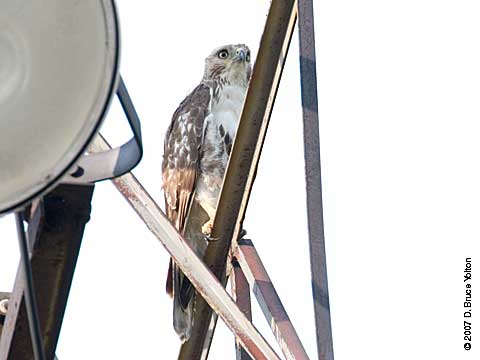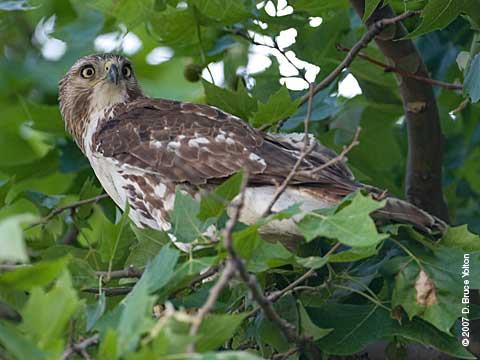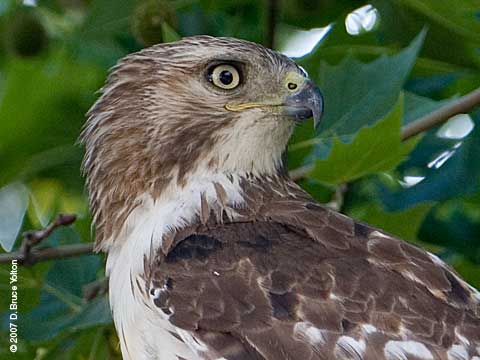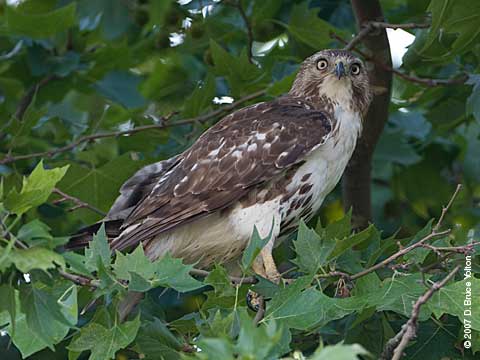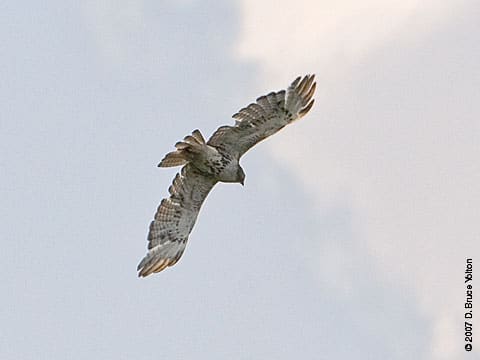More 888 Photographs
On Saturday, I got to see to see the adult female and the eyas at 888 Seventh Avenue. It will be an interesting fledge and journey to the Central Park.
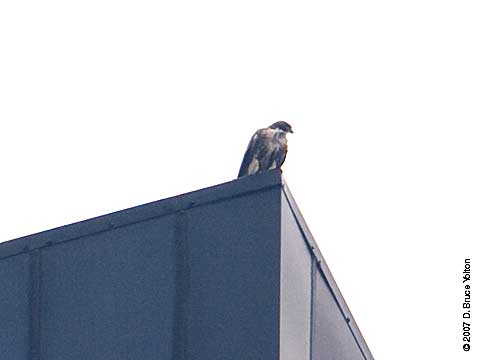
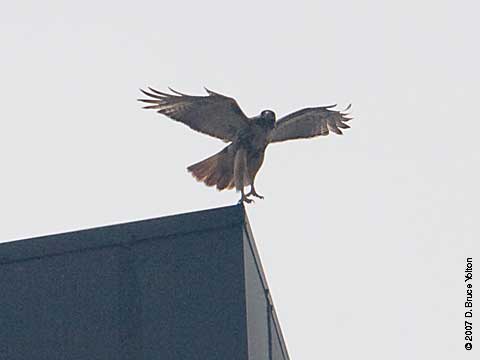
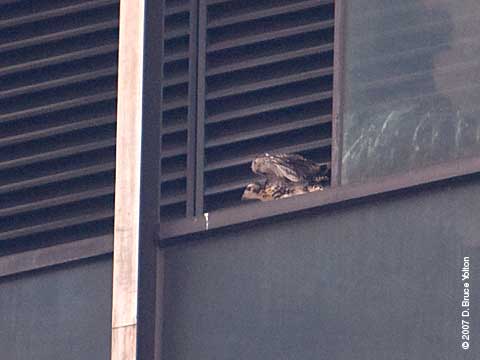
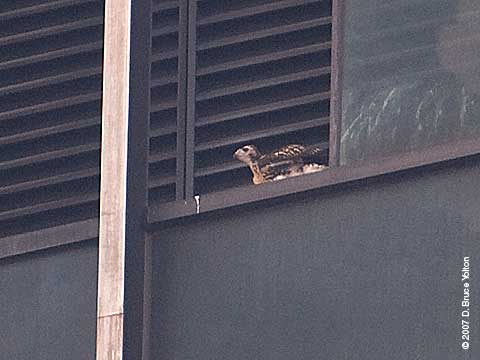
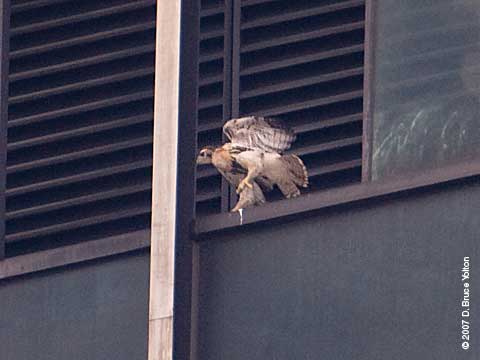
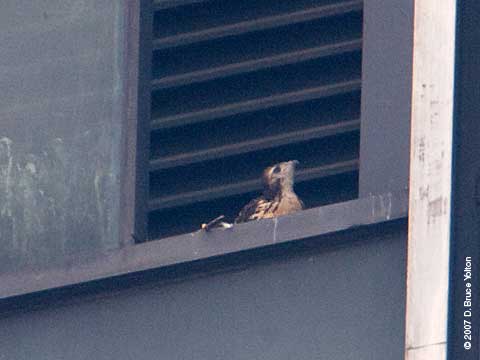
On Saturday, I got to see to see the adult female and the eyas at 888 Seventh Avenue. It will be an interesting fledge and journey to the Central Park.






The St. John the Divine eyasses have grown up. The three of them “posed” for pictures late on Friday evening.





The eyas on 888 Seventh Avenue is now running/flapping along the ledge, so one can finally see some activity from the street. The eyas looks very healthy and in great shape to fly soon.
Until today, this was the one eyas I known about but hadn’t yet seen. This brings my hawk watching total for the season to 23 adults, 2 1st years, and 23 eyasses/fledglings for a total of 48 Red-tailed hawks in four boroughs of New York.
With the exception of the Astoria nest, all of these nests were in established territories.
I know I am missing a number of nests in the upper Bronx, eastern Queens and all of Staten Island. The total number of New York City’s Red-tailed Hawks could easily be double my count.


I learned more about the history of the Unisphere nest. The pair has been at the location for at least five years according to a parks employee. The nest has changed locations, having been on the towers of the NY State pavilion and another location in earlier years. The nest was also on the Unisphere last year, and one of the chicks fell out prematurely and was sent to a rehabilitater but did not survive.
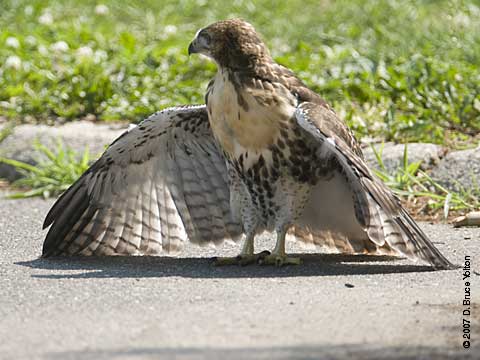
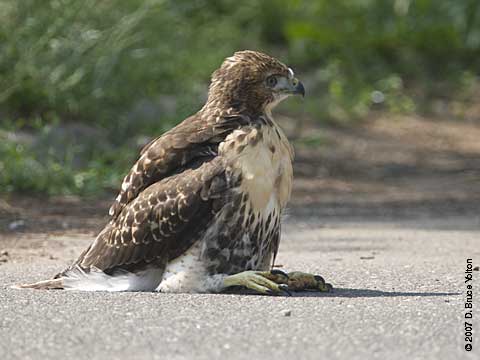

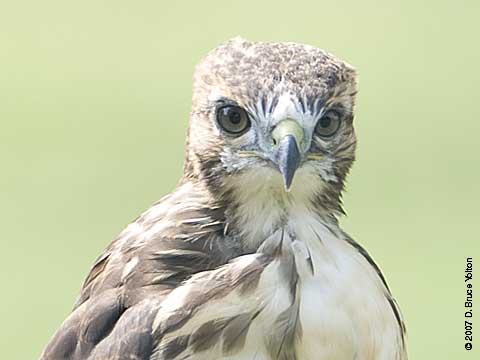
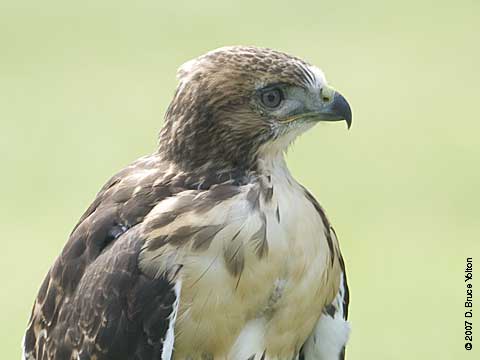
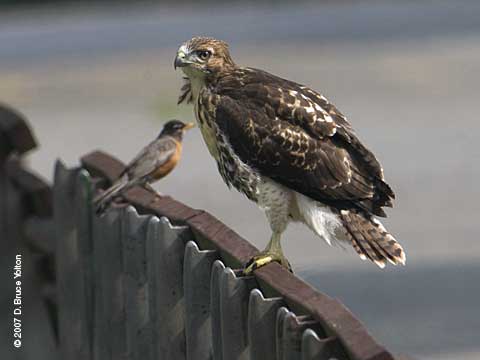
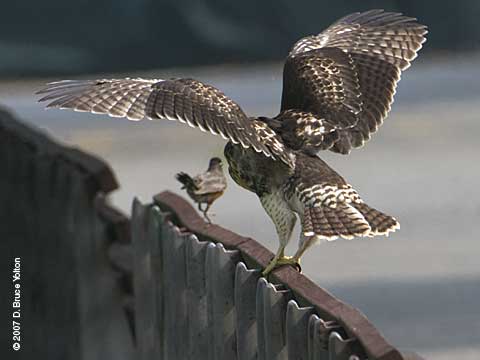
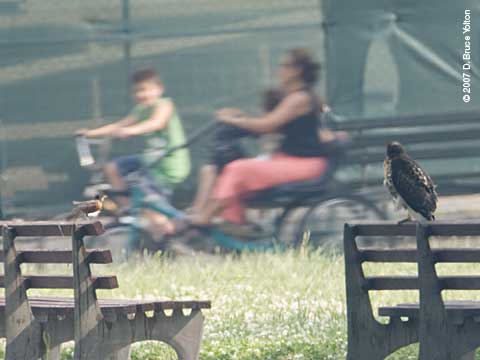
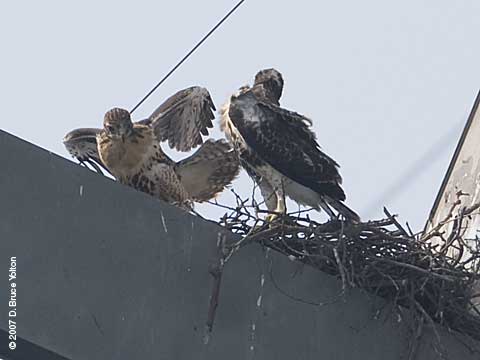
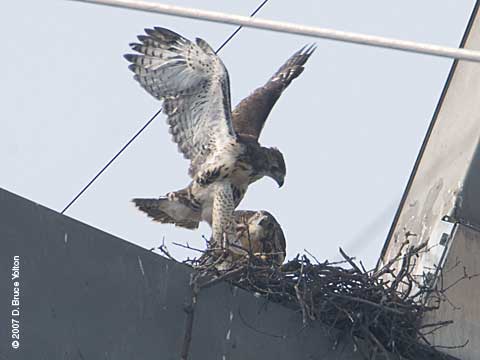
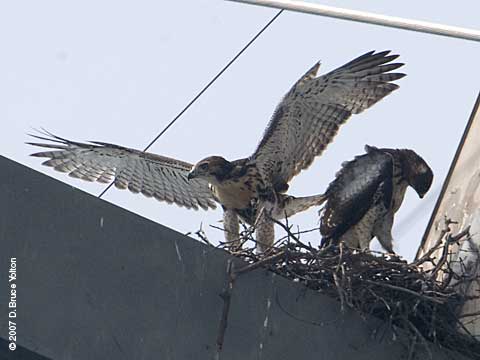
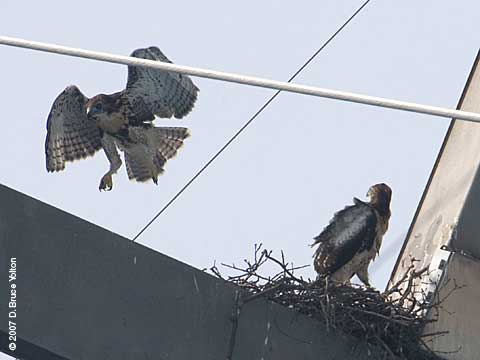
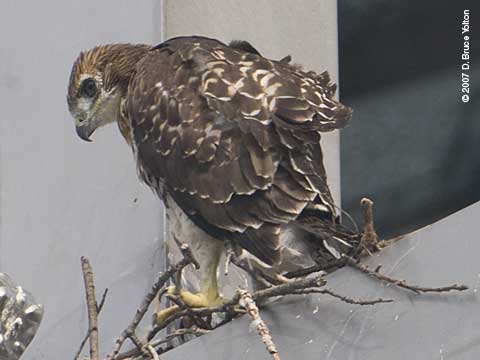
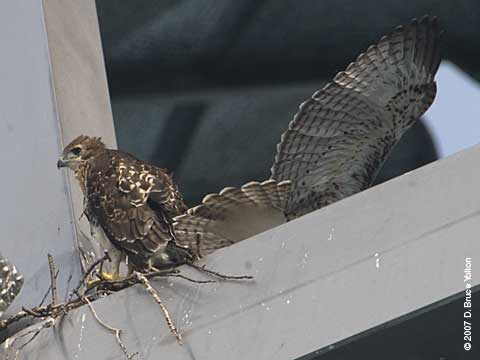
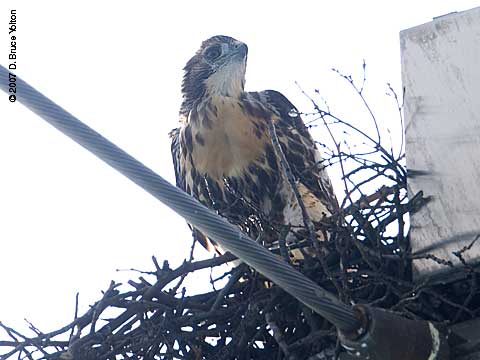
In Flushing Meadows Park, Queens, Red-tailed Hawks have nested in the Unisphere, a 12-story high globe created for the 1964-1965 World’s Fair.
I didn’t know this when I went to Queens this evening however. This is the story…
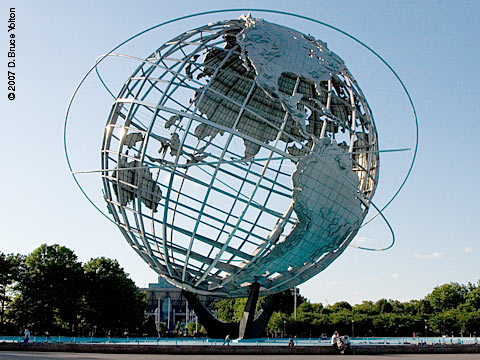
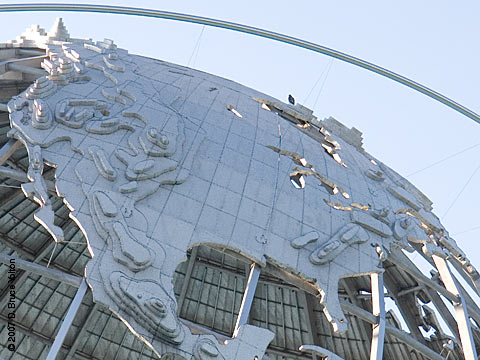
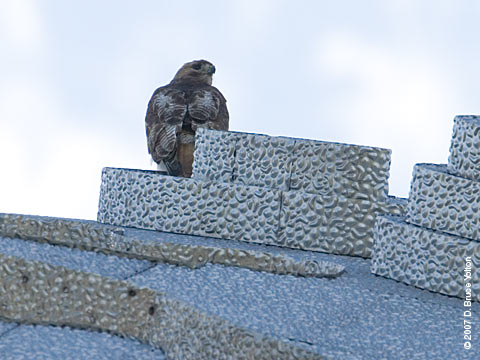
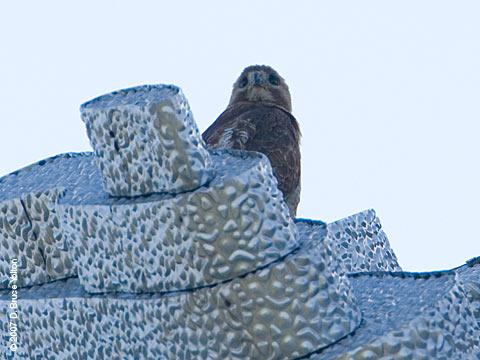
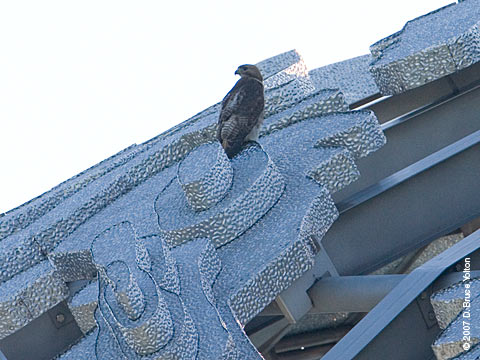
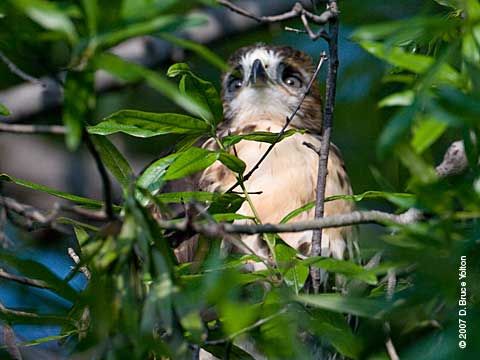
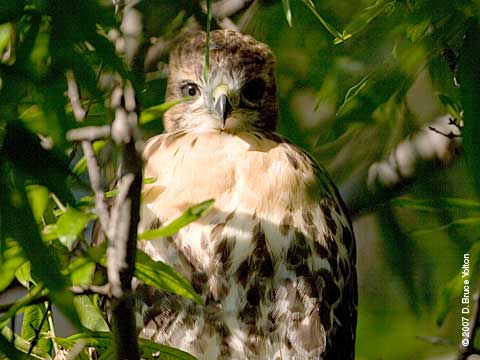
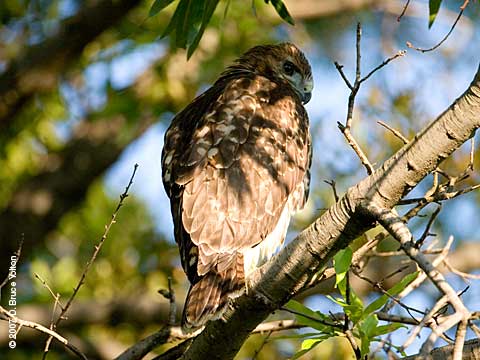
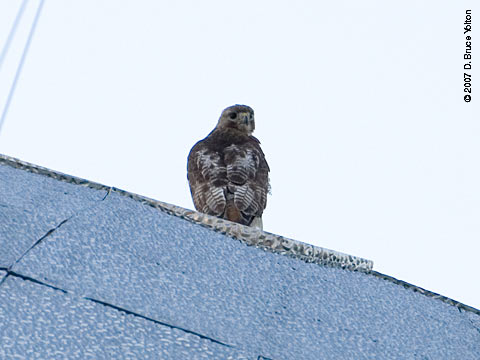
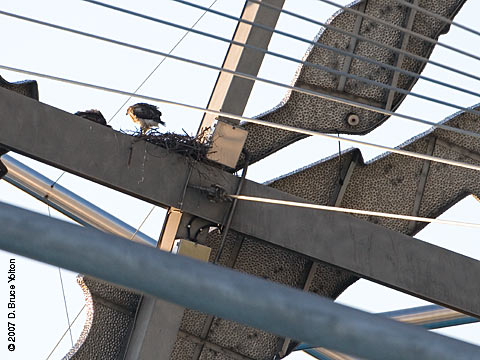
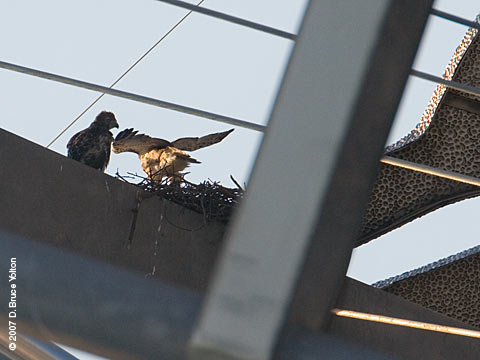
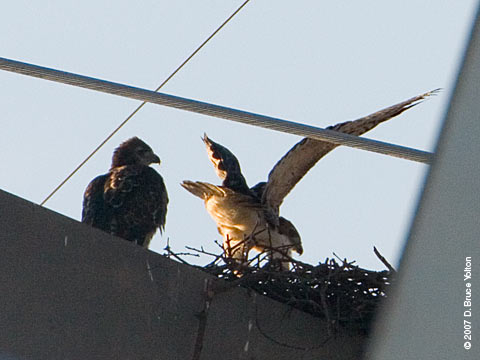
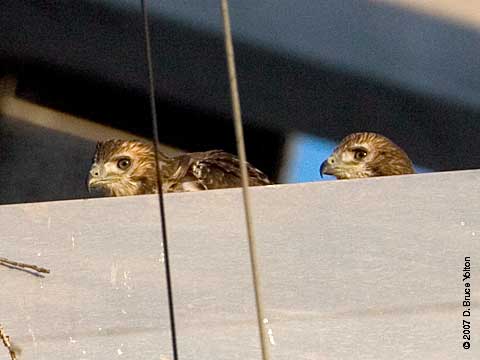
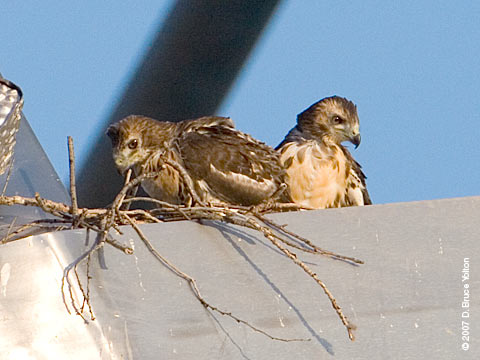
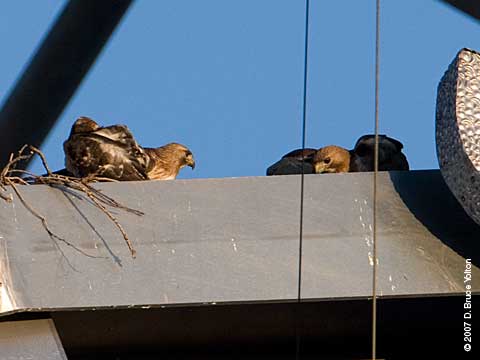
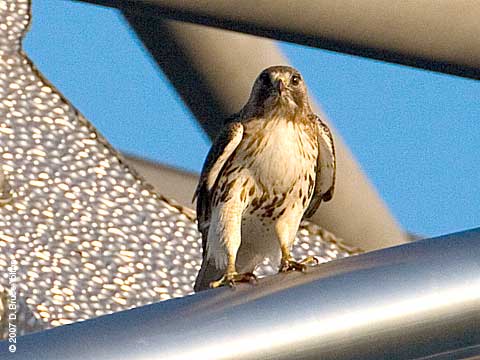
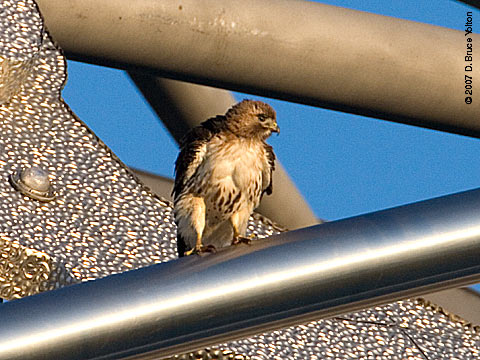
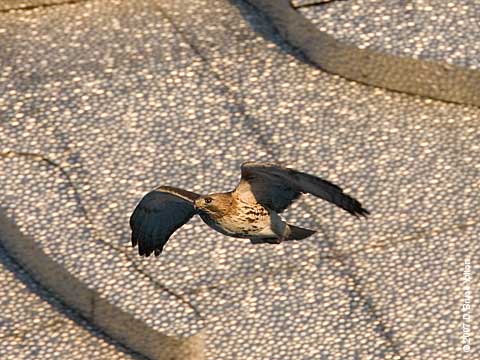
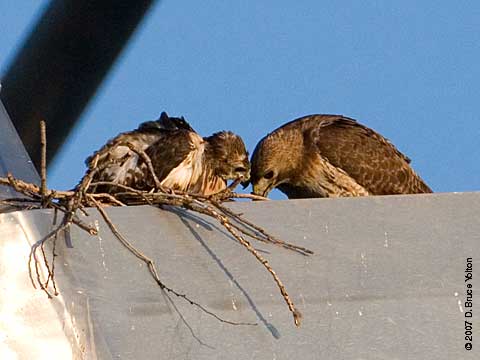
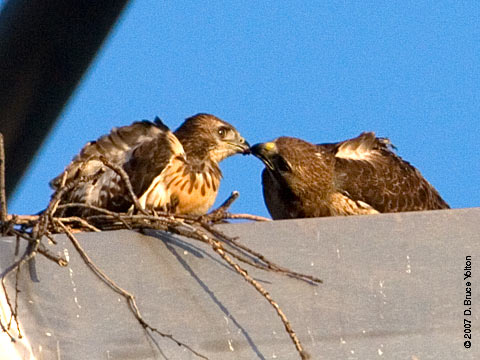
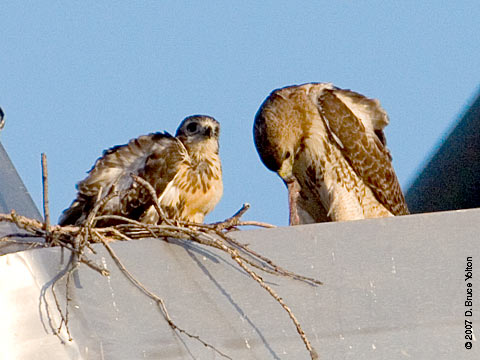
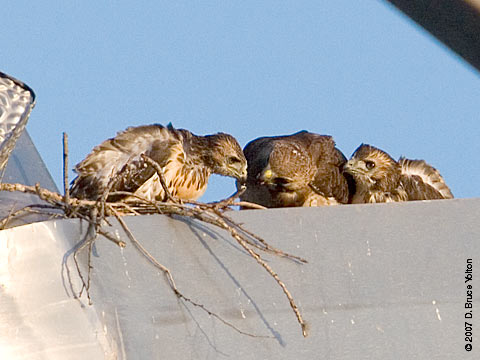
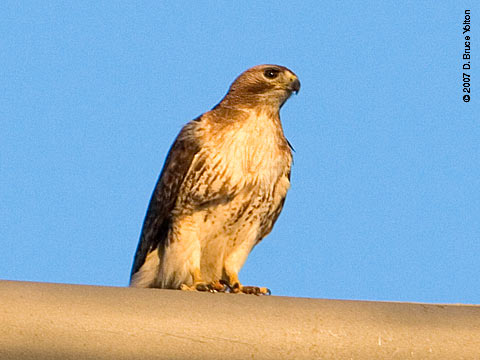
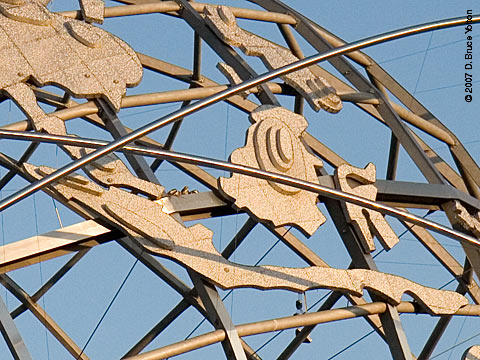
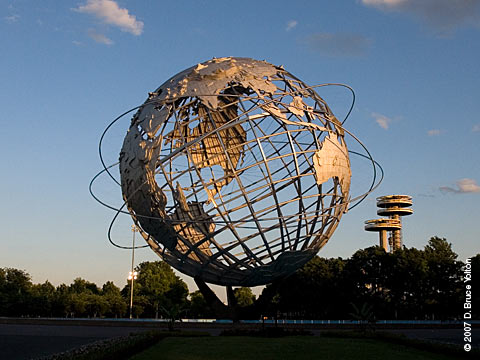
I went to McCarren Park in Brooklyn today to follow up a report sent to Rob Jett from a friend who plays baseball in the park.
